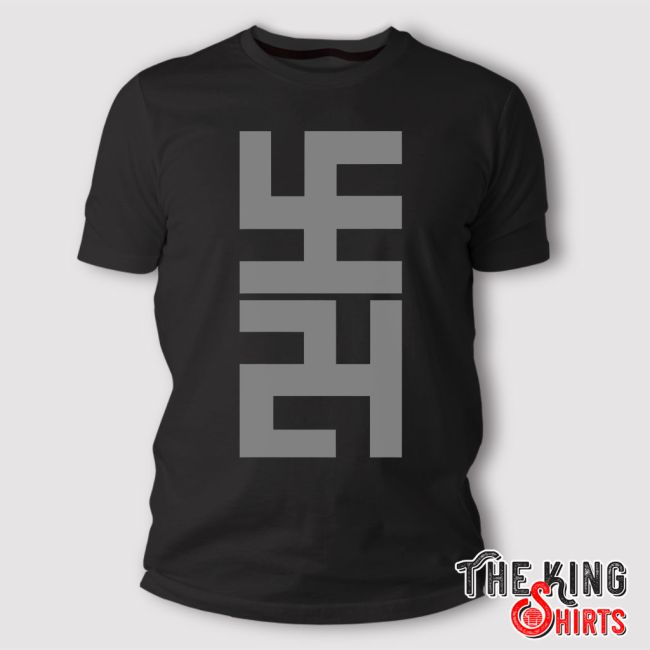The evolution of merchandise in the music industry has seen a significant transformation over the years, with artists now using it as a crucial tool to build their brand and connect with fans. One artist who has masterfully leveraged this strategy is Kanye West, whose store’s rise in popularity reveals how he has transcended traditional merchandising norms.
Long before Kanye West became a fashion mogul, he was an innovative musician known for his distinctive style and creative prowess. His entry into the world of merchandise came naturally as an extension of his artistic expression. Initially, Kanye’s merchandise revolved around album releases or concert tours like many other artists. However, unlike others who were satisfied with selling t-shirts or posters at concerts, Kanye saw potential beyond these conventional items.
Kanye’s first significant breakthrough in merchandise came with his ‘Yeezus’ tour in 2013 when he collaborated with renowned graphic designer Wes Lang to create exclusive tour merchandise. The collection featured edgy designs on bomber jackets and t-shirts that resonated well with fans and fashion enthusiasts alike.
In 2016, he took things to another level by launching ‘The Life of Pablo’ pop-up stores worldwide where fans could purchase exclusive merchandise related to his seventh studio album. These pop-ups were not just about selling clothes but created immersive experiences that brought fans closer to Kanye’s world.
His most prominent venture so far is Yeezy – a collaboration between him and Adidas which started as a sneaker line but quickly expanded into apparel too. Despite its high price point compared to typical band tees or hoodies, Yeezy clothing items have been consistently sold out due to their unique design aesthetics coupled with the star power of Kanye Kayne West shop himself.
This success can be attributed not only to the quality and exclusivity of products but also how they embody the persona of Kanye West – controversial yet influential; raw yet sophisticated; eccentric yet relatable. Each piece from his collections feels like a part of Kanye’s journey, making fans feel more connected to him.
Moreover, the rise of the Kanye West store also reflects how merchandise has become an essential aspect of artists’ branding strategy. It’s no longer just about promoting music but creating a lifestyle that fans aspire to be part of.
In conclusion, the evolution and success of Kanye West’s store illustrate how merchandise can serve as a powerful tool for artists to express their creativity beyond music. While his unique approach may not be replicable for every artist, it certainly sets a precedent and challenges others in the industry to think outside the box when it comes to merchandising.

